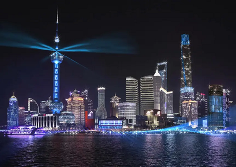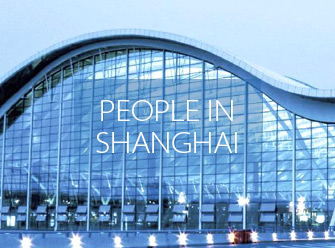Reforms in FTZ hasten the pace of development
The China (Shanghai) Pilot Free Trade Zone has enjoyed remarkable progress over the past year, with the majority of key reforms completed, the Shanghai Development and Reform Commission said.
The zone maintained the momentum for economic growth throughout 2018, with the value of industrial output totaling 496.5 billion yuan (US$74.05 billion) by the end of the year, which was around half for the Pudong New Area and 14.3 percent for the city, the commission said.
Imports and exports were 1.46 trillion yuan, accounting for 70.9 percent of the foreign trade volume in the new area and 42.8 percent for the city.
Around 7,200 new enterprises were registered last year, taking the number of companies to 58,800 since the FTZ’s establishment in September 2013.
Nearly 1,300 foreign-funded enterprises have set up bases here in 2018. And the proportion of overseas players with operations in the zone has more than tripled from 2013 to 2018.
In 2018, foreign companies poured in a total of US$6.77 billion, data made available by the local authorities showed.
Different parts in the zone enjoyed fast growth. The Yangshan bonded area has forged a new growth path by developing “headquarters economy.” It identified 10 regional headquarters for the multinational companies 27 operational headquarters and two high-growth headquarters. The headquarters economy was responsible for over half of the area's economic contributions in 2018.
Lujiazui financial area, which was included in the FTZ in 2015, welcomed a large number of service providers in finance, shipping and professional services in 2018 as it actively implemented the central government's strategic plan to further open the financial services industry and lure foreign financial institutions to form a cluster in the area, according to the commission.
Nine of the world's top 10 asset managers opened offices in the area and 51 internationally renowned asset management companies set up 69 wholly foreign-owned firms in the financial hub in 2018.
Zhangjiang High-Tech Park, which focuses on science and technology industries, was home to 163 foreign-funded research and development centers, and nearly 900 high-tech firms in 2018.
Jinqiao Export Processing Zone saw the economic density of industrial output value within the area hit 20 billion yuan per square kilometer, with the automobiles and intelligent manufacturing industries contributing a quarter of the city's total output.
In the past year, 601 foreign investment projects were set up since the implementation of 2018 version of "Negative List", attracting US$4.23 billion.
The local government made unremitting efforts to deepen reforms on the "Single Window" platform to offer more efficient services for international trade. The platform has more than 6,000 users and served over 270,000 enterprises.
Shanghai's pilot zone was at the frontline for serving China's Belt and Road Initiative and promoting domestic companies to "go abroad" in 2018. It has built a multi-level service system for facilitating trans-border transactions and set up an exchange and cooperation center for BRI.
The FTZ hastened Shanghai's efforts on becoming international financial and science and innovation center, and the development and the integration of the Yangtze River Delta region.
 Contact Us
Contact Us

 Brilliant light show to illuminate Huangpu River
Brilliant light show to illuminate Huangpu River Maple leaves paint splendid scenery in Pudong
Maple leaves paint splendid scenery in Pudong Appreciate alluring lotus blossoms in Pudong's Century Park
Appreciate alluring lotus blossoms in Pudong's Century Park New pedestrian street boosts Pudong's night economy
New pedestrian street boosts Pudong's night economy 


